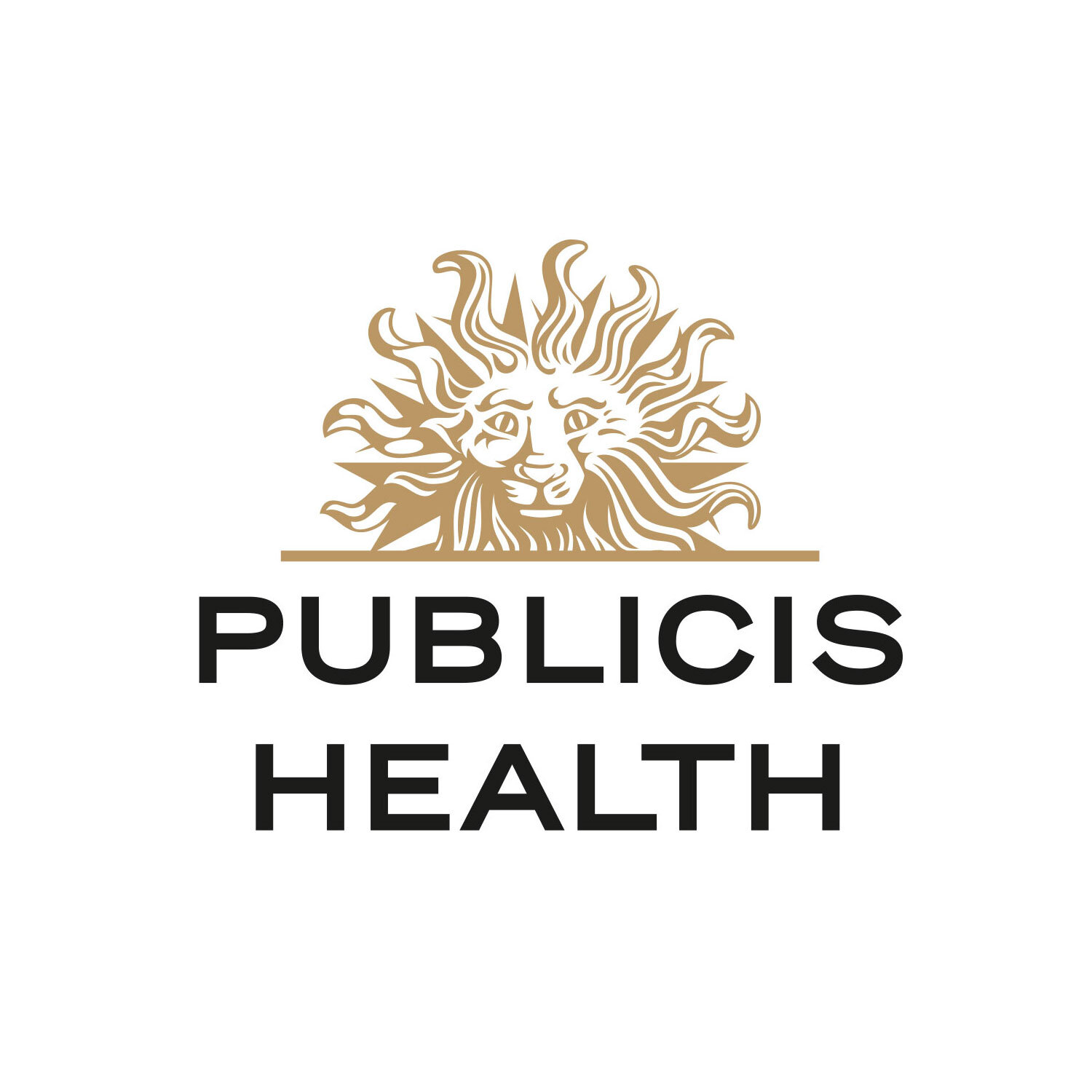NAVIGATING THE OUTCOME ECONOMY FOR PHARMA
By Catherine Mayone, Managing Partner, Publicis Health+Sapient
In 2015, the World Economic Forum published a report based on a year-long research project that examined the historical impact of the digital revolution that had already disrupted industries such as media and retail, and how disruption would continue and extend to other industries as data and AI-driven technologies become ubiquitous.
The report discussed the emergence of an “Outcome Economy” in which “businesses will shift from products to outcome-based services, where businesses compete on their ability to deliver measurable results to customers.” The report focused its examples on industry sectors such as manufacturing, agriculture, and transportation, but since then, there have been increased discussions on the impact of the Outcome Economy in healthcare.
THE OUTCOME ECONOMY DEFINED
The Outcome Economy has emerged thanks to a new world order that is increasingly more connected and quantified than ever before. It’s an economy that values and monetizes the results (outcomes) delivered to customers, not just the product’s or service’s face value, and that allows successful companies to rise above the commoditization that now exists in every industry. Three forces have converged to enable the Outcome Economy:
Connected: As a result of the proliferation of technologies that facilitate greater and easier real-time, on-demand connections among consumers, sharing a passion, a disease state, or a need have become commonplace. Technology has enabled companies to operate more efficiently and more effectively — both within the company and in collaboration with business partners and customers. For B2B companies, technology also has enabled even more direct access to their end consumers. Businesses have become more sophisticated in their partnerships with each other to operate more efficiently and to better meet customer needs, particularly in the healthcare space. In fact, a 2015 benchmarking study by Vantage revealed that 83% of bio-pharma respondents reported having more alliances compared to five years ago.
Commoditized: Pharma products have become commoditized. Differentiation now must happen by delivering new value through services and through precise and personalized interactions. A 2018 study found that 59% of consumers have come to expect the same level of service in healthcare as they get with Amazon, and more than 70% of consumers expect companies to understand their needs and expectations, according to recent research from Salesforce.
Quantified: With connected health technologies, we can track and quantify interactions at micro-moments. In healthcare, this offers new opportunities to improve diagnoses, and to predict and serve up the right intervention at the right time in ways we never have before — provided consumers are willing to share their data. In a January 2018 study reported by Statista, 69% of U.S. adults are willing to share health information so healthcare providers can improve patient care.
Peoples’ expectations have changed due to myriad disruptions that occurred over the last 15 years in B2C industries. At the same time, the world has been changing through innovations in product development and technology, and as companies have begun to create ecosystems of partnerships to deliver value.
KEY IMPLICATIONS FOR PHARMA
It’s becoming increasingly difficult for Pharma to engage both consumers and HCPs who have higher expectations for engagement based on their experiences with other industries. Sales reps have less access to HCPs, consumers skip commercials, content is a commodity, and even drugs in high-innovation areas, such as Immuno-Oncology, face stiff competition. We believe creating a value exchange requires going beyond content as the means for engagement to looking at how you truly can add value and contribute to outcomes in the healthcare value chain. We believe the solutions lie in “servicization” — creating interventions that help patients navigate their patient journeys and HCPs to better serve their patients.
For Pharma, this means that different parts of the organization that touch the patient need to come together and consider how to deliver a new level of value. By bringing together market access, patient support services, customer service teams, marketing teams, and ideas from enterprise innovation and IT teams, and identifying the totality of barriers and needs in a patient’s journey beyond the pill, new “lighthouse” ideas can emerge to pilot and test new services.
In our thought leadership series over the next year, we will share our perspectives on how companies can thrive in the Outcome Economy and how taking small steps through “lighthouse” projects can lead to big impacts. In our next chapter, we’ll discuss the foundation and elements that make “lighthouse” projects successful.

